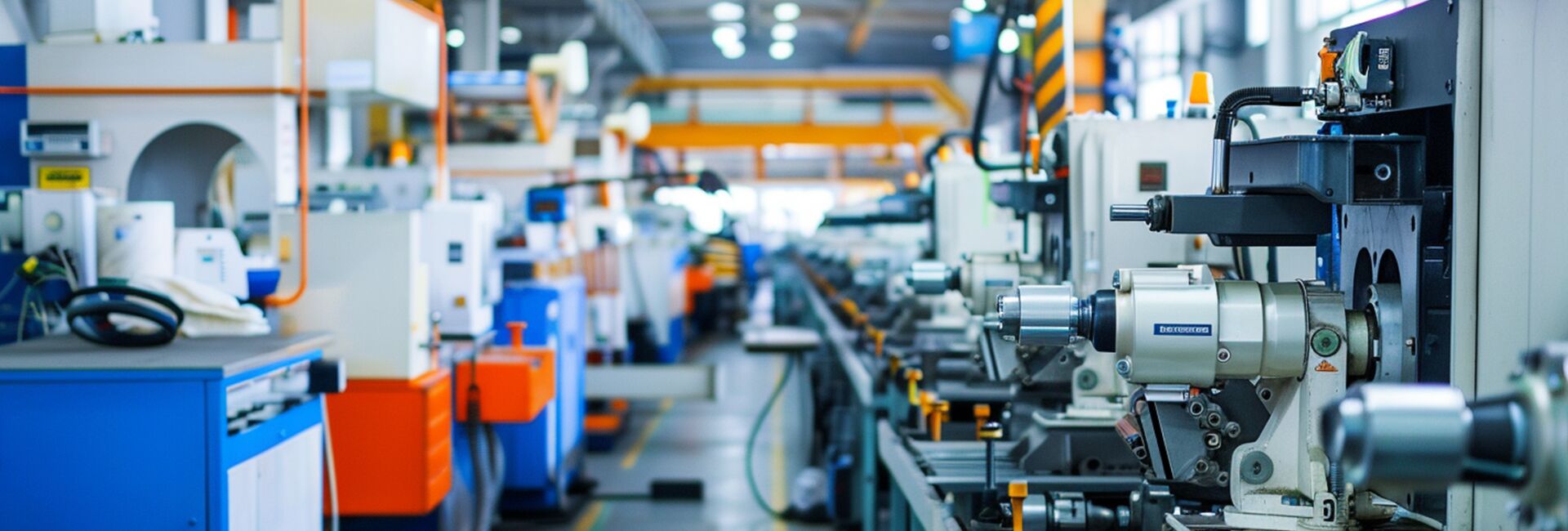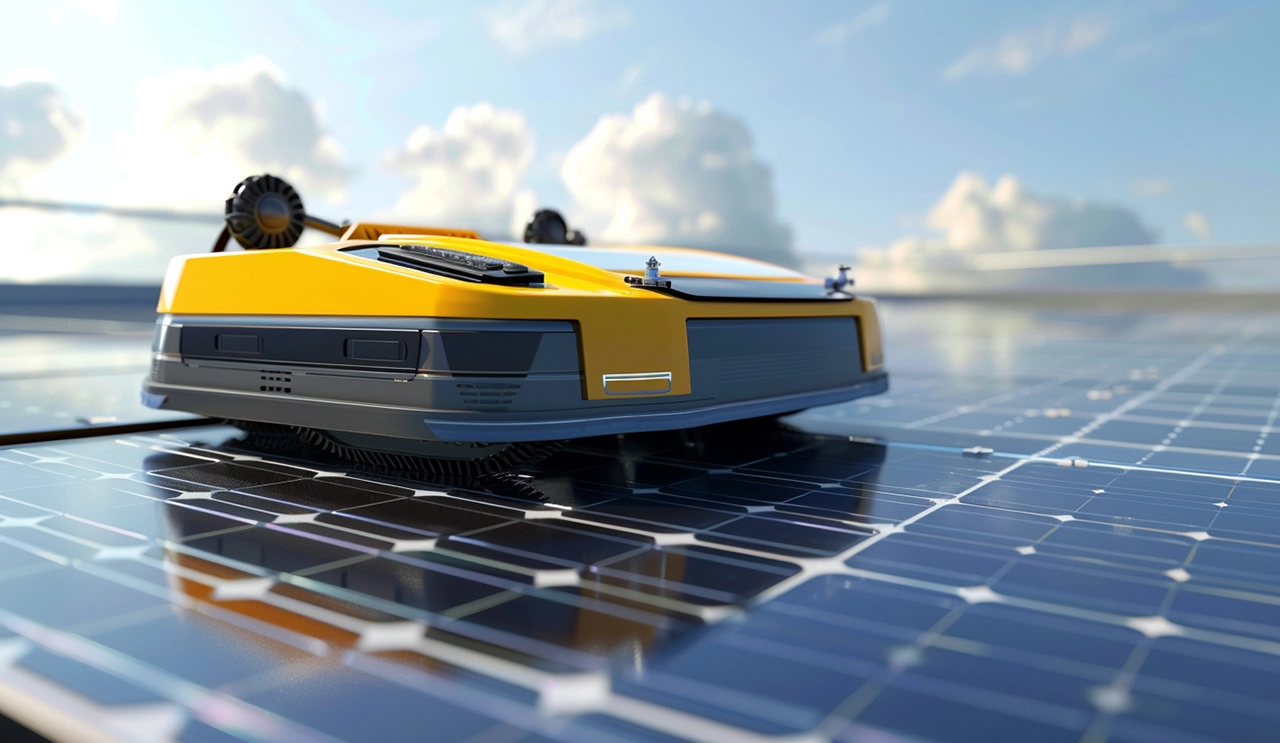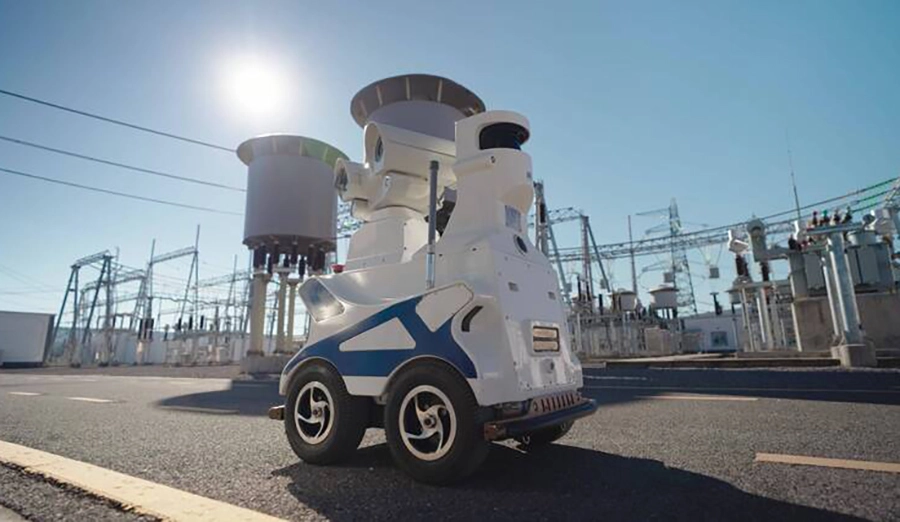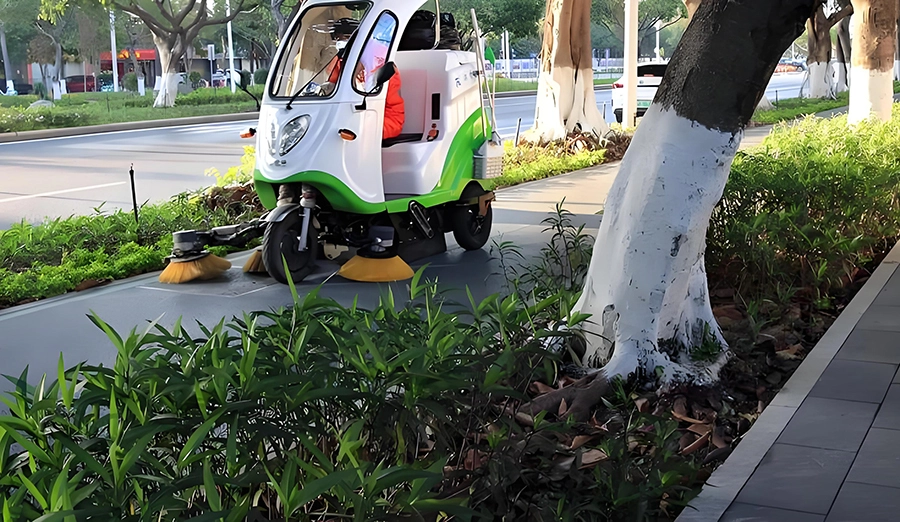
WIRELESS CHARGING IN THE NEWS
1. Wired charging (contact charging dock)
At present, the mainstream charging method, the robot docking with the charging dock through the physical contact. Typical models, such as the Dolphin S200, use nickel-metal hydride batteries, which need to be manually connected to the charging base and take about 24 hours to charge. The advantage is that the technology is mature and the cost is low (the charging dock cost is less than 500 yuan), but there is a risk of poor contact caused by contact oxidation, and manual intervention is required to return.
2. Wireless induction charging (underwater Qi technology)
High-end models such as the Aiper Surfer S1 Pro are equipped with IPX8 waterproof wireless charging module, which uses electromagnetic induction principle to achieve non-contact charging. The charging efficiency reaches 85%, and the charging distance of 10cm underwater is supported to avoid metal contact corrosion. However, the cost is high (module cost accounts for 15% of the whole machine), and the charging power is limited to less than 60W.
3. Solar-assisted charging
Some outdoor models, such as the SolarBreeze NX2, integrate photovoltaic panels, which can be supplemented by solar energy during cleaning, extending the battery life by 30% and 50%. Limited by the lighting conditions, it is necessary to use lithium batteries as energy storage units, and the daily power generation is about 200400Wh, which is only suitable for areas with sufficient light.
4. Hybrid charging system
Commercial models (such as Hayward TigerShark QC) combine pool circulation system hydropower with lithium battery charging, using water to shock turbines to generate electricity, which can recover about 15Wh of electricity per hour, suitable for daily continuous operation scenarios.
Future charging technology trends
1. Automatic wireless charging network
By embedding the transmitter coil matrix at the bottom of the pool and matching SLAM positioning technology, the robot can independently find charging hot spots. Israeli company Bluei has tested underwater magnetic resonance charging technology, charging efficiency increased to 92%, support 30cm penetration distance, the goal of "zero contact" charging experience.
2. Hydrogen fuel cell applications
Japanese manufacturers have developed miniature proton exchange membrane fuel cells (PEMFC), which are powered by hydrogen tanks and can last up to 72 hours at a time. The 2023 Maytronics concept demonstrated a hydrogen-electric hybrid system with an energy density of 800Wh/kg (five times that of a lithium battery) and a charging time reduced to 10 minutes.
3. Ai-driven dynamic charging optimization
Using machine learning to analyze pool cleaning data (such as area, barrier density), AI algorithms can predict energy consumption curves and automatically switch fast/slow charge modes. For example, 20W trickle charging is enabled during the low pollution period, and 100W rapid recharge is started before the high load task, extending the battery life by more than 30%.
4. Environmental energy harvesting technology
Kinetic energy recovery: Biomimetic fin-shaped piezoelectric materials convert pool water into electricity, and an MIT lab prototype has achieved 8Wh of self-electricity per hour.
Temperature difference power generation: Using the temperature difference between the pool water and the inside of the robot, the thermoelectric module (TEG) generates electricity, which can generate 510W continuous power at 25 ° C temperature difference.
Biofuel cells: A British research team has tested microbial fuel cells that use the decomposition of organic matter in a pool to generate electricity, increasing the efficiency of power generation in algae-infested areas by 40%.
5. Internet of Things charging management
5G networked charging piles can synchronize regional electricity price data in real time, and automatically start charging in the off-peak period of electricity consumption. The commercial system can also link pool heaters and disinfection equipment, balance the overall energy consumption through energy scheduling algorithms, and reduce operating costs by 25% and 40%.
Technical challenges and market prospects
Current wireless charging efficiency losses (about 15%) and hydrogen fuel safety remain bottlenecks. It is expected that by 2030, the market share of wireless charging will exceed 60%, and the penetration rate of hydrogen fuel cell models in the commercial field can reach 35%. With the development of GaN (gallium nitride) fast charge chips and underwater corrosion resistant materials, the future pool robot is expected to achieve the ultimate goal of "charging 5 minutes, working 2 hours".







